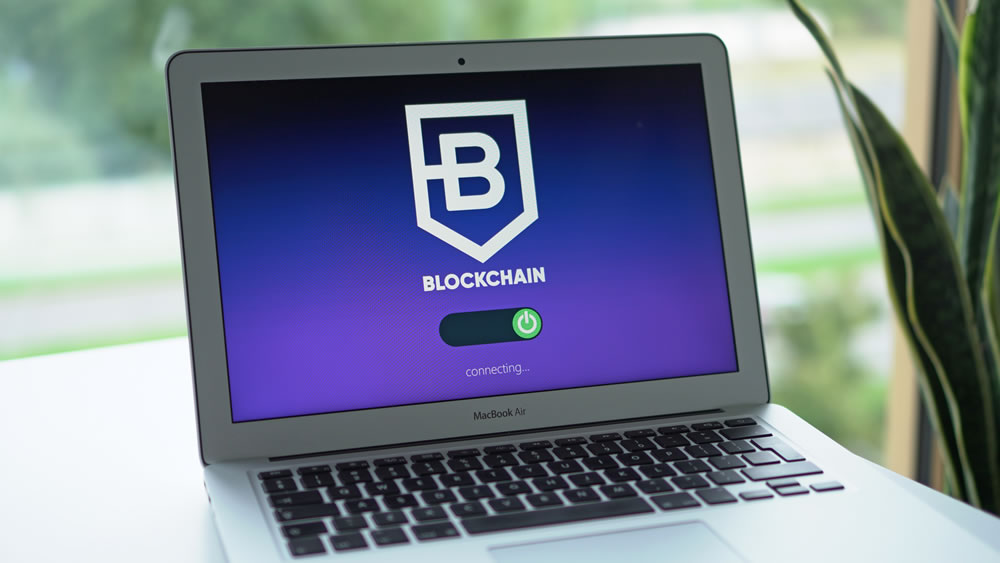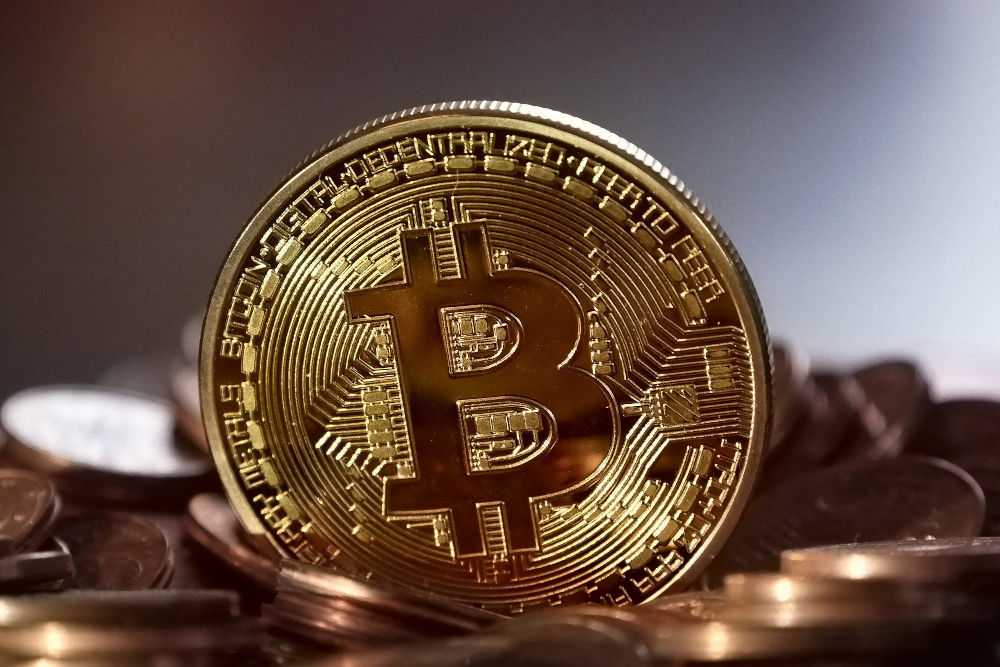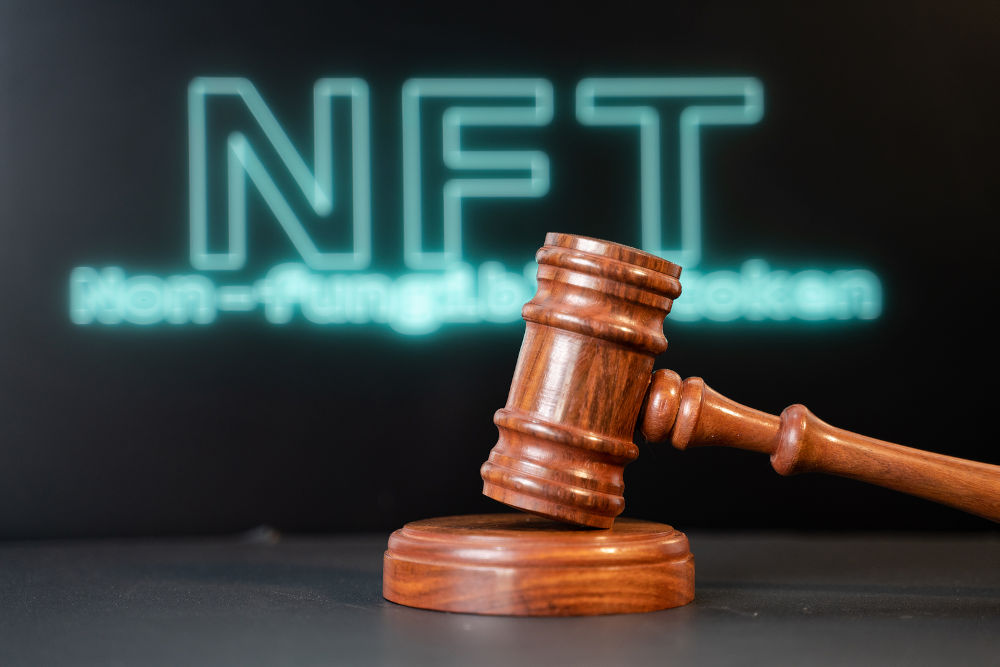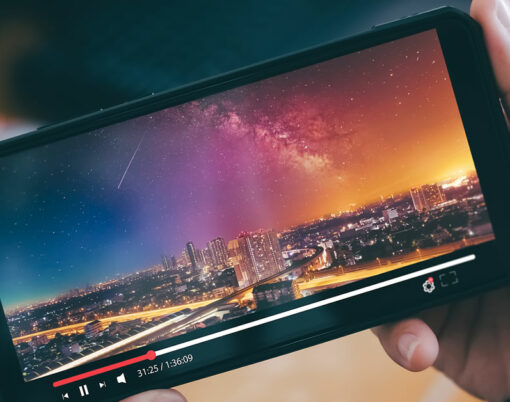Cryptocurrencies have been making waves over the past few years, with these innovative digital assets fast becoming one of the most popular opportunities for young investors looking to get started with building a portfolio. From Bitcoin to Ethereum, we’ve seen record numbers of millennials and Gen Y-ers signing up to trade since the pandemic began in 2020 as we continue to look for more sophisticated and forward-thinking ways to grow our money rather than simply stashing it away in a low interest savings account.
The advent of trading platforms like Bitcoin Billionaire have paved the way for people of all ages and experience levels to get started with ease, and we can expect to see them continuing to gather momentum in 2022 as Gen Z-ers begin to jump on the bandwagon too. The world’s investors are getting younger – and the way we make money, pay for purchases and conduct our financial affairs could soon have changed forever as a result.
Of course, cryptocurrencies themselves aren’t the only interesting development associated with the concept of digital assets, and in fact, the blockchain technology on which they run is proving itself to be an even more exciting development. This distributed, encrypted database model is fast gaining attention due to its impressive ability to solve a range of problems in online security.
In the luxury world, blockchain technology is already being used for authentication purposes, allowing buyers to certify the authenticity of valuable purchases like original artworks and high-end watches and, as time goes on, the additional uses of blockchain are becoming more and more progressive. Advocates believe that it can eventually eradicate identity theft, improving both security and integrity in systems based on shared databases, and spending on the technology is expected to reach new highs of $11.7 billion over the next year.
So, what are the key trends we can expect to see driving blockchain’s growth?
Green blockchain initiatives

You may remember Bitcoin’s dramatic crash earlier this year, which was contributed to by Elon Musk’s announcement that he would be putting Tesla’s acceptance of the asset in payment for cars in the digital currency on hold. The reason? Blockchains can potentially use high levels of energy, and in turn, elevated levels of carbon emissions – something that simply isn’t aligned with the wider world’s move towards going zero carbon over the next few years.
But rather than derail blockchain, it is simply set to reshape it – after all, this innovative, high-value technology is hardly something we’re likely to write off just yet. In 2022, we can expect to see efforts to make it greener, with a focus on sustainability. This could see a move towards less energy-intensive models that rely on ‘proof-of-stake algorithms to generate consensus. Ethereum, it seems, already has plans to go down this route – and as the second most used blockchain after Bitcoin, it is likely setting an example that others will be quick to follow.
Wider acceptance of Bitcoin and national cryptos

Despite calling for a widespread ban on Bitcoin across the Netherlands, the country has recently announced that it will begin implementing MIOTA for the administration of legal documents, allowing them to be verified within public registers using the IOTA blockchain.
Meanwhile, just this year, we’ve seen El Salvador become the first nation to adopt Bitcoin as legal tender, allowing citizens to use it to pay for goods and services across the country.
In 2022, we can expect to see more countries beginning to accept cryptocurrencies or implement innovative uses of the blockchains they run on – with some even creating their own digital currencies. National cryptocurrencies such as these can be controlled by central banks, unlike their decentralised counterparts and could be set to operate alongside traditional currencies, allowing users to manage their own transactions without any reliance on third party providers. A government-endorsed UK Britcoin is already in the works, with the likes of China, Singapore and Ecuador already one step ahead – and in 2022, we can expect to see a greater number of countries jumping on board, too.
The expansion of NFTs

Non-fungible tokens (NFT) became big news in 2021, with digital artworks including Beeple’s The First 500 Days fetching record prices – but in 2022, we can expect to see them expanding far beyond the art world alone.
NFTs are unique and non-interchangeable tokens – that is to say, units of data – stored on a digital ledger, and use blockchain technology to provide public proof of ownership – and have become quite the up-and-coming trend already – but as we see musical artists like Shawn Mendes and the Kings of Leon begin to release tracks in NFT format, it’s easy to see how it could be about to snowball as we head into the new year.
Add to that the creation of NFTs by brands like Nike, Dolce and Gabbana and Glenfiddich whiskey, and it seems they could be about to go mainstream.
Implementation of Blockchain in vaccine manufacture

No sooner had the second round of Covid vaccines been wrapped up than booster jabs began to be rolled out, and as the pandemic continues, vaccines are set to remain a priority – both nationally and internationally – as we head into 2022.
Perhaps rather frighteningly, we saw counterfeiters creating and attempting to distribute fake vaccines and vaccine certificates to unsuspecting individuals desperate to protect themselves or gain access to travel in the early days, and it’s something that seems to be continuing across developing countries even now.
With blockchain technology, the authenticity of vaccine certificates can be confirmed, and distribution can be traced, meaning any that are intercepted can be quickly identified. The tech can also help to unify recording of vaccine rates and efficacy across a range of different platforms, streamlining the entire process and ensuring that all necessary authorities are kept in the loop at every stage.






















